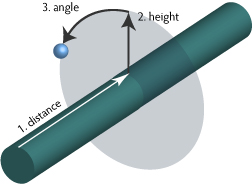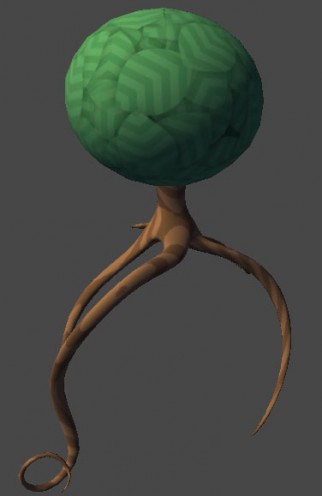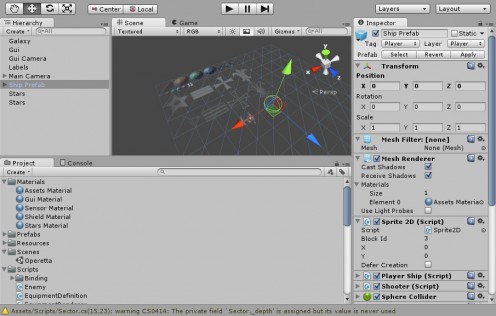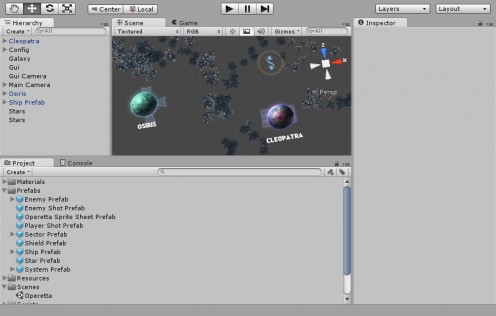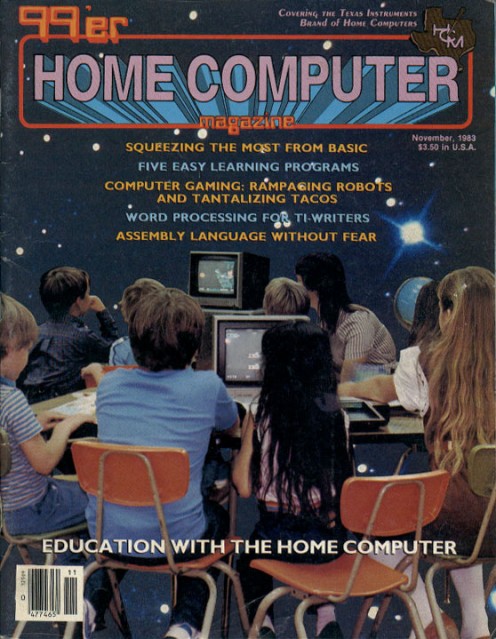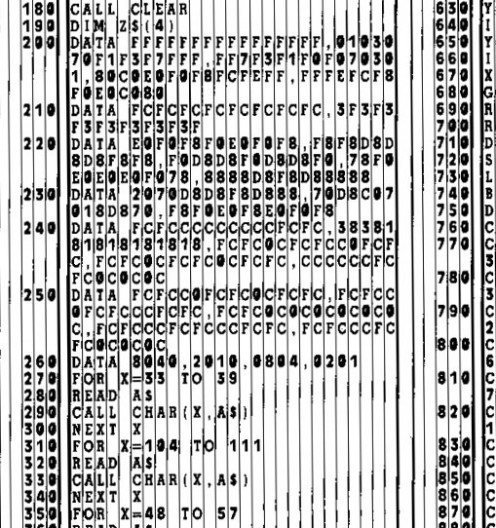Now for the fun part! Tearing my stuff to pieces is nifty.
I have a new, much more playable build now, and I’ll be talking about the changes I made with that.
what went wrong
class bloat
The code for my original version of the game contains a single Pipe class that stores the general shape of the pipe, handles the rendering of the pipe, and controls the placement of trees. The class got very big and complicated, and halfway through the jam it became a bit of a pain to find the specific bits of code I needed when I needed to make edits.
For the revision, I’ve separated this out into three classes: one for rendering, one for controlling trees, and one for the general structure and coordinate transforms. Basically a model/view/controller approach, which makes it much easier to edit.
regression issues
I made the butterfly mid-Sunday, just a couple hours before the deadline. Before that, the player was represented as a plain ball, a stock Unity object.
When I replaced the ball with my butterfly model, all the behaviors attached to the ball object had to be re-done for the butterfly object. The bounding box got bigger, which made the game much harder. And I didn’t copy over the music thing right (it was attached to the player) and the music didn’t loop anymore.
What I should have done is make a really simple, properly sized placeholder in Blender while working on other parts of the game, and then edit that Blender model when I decided it was time to flesh that out — that way, Unity would have automatically imported the changes to the mode without destroying the behaviors attached to it.
difficulty
The version I turned in for the jam is absurdly hard. I was never able to win it. For the new version, I spaced out the trees more, spread out the initial bumps, and made it so that your score only takes a hit once for each tree, even if you get stuck hitting the same tree over and over. Those simple changes made the game much more fun, and gives the player more of that calm, focused feeling I wanted for the theme.
the scoring thingummybob
The score meter was added an hour before the deadline, and it shows. Functionally, it does its job of giving the player win/lose conditions based on obstacle avoidance and not moving too much, but it’s not real clear when the meter is going to go up or down. And having it based on a whole number point system is just kinda weird.
the instructions screen
That was made fifteen minutes before the deadline. Obviously, it’s very spare and rushed.
feedback
Sometimes — just sometimes — when you hit a bump or move too much, you can see the pipe in front of you get all twisty, and it’s a really cool effect. But you don’t see that often, and in general, it’s not real clear what effect your actions are having on your environment.
My solution for the revision is to express this relationship though a visual intermediary: the storm clouds. When you hit something or turn too fast, a cloud appears, and you immediately know something is up. The cloud hovers near you for a while, causing visible havoc right in front of you. And you can see the cloud draining away, so you know when the havoc is going to end.
This also replaces the scoring meter. It’s still numeric, but it’s expressed in a way that feels like part of your environment.
It’s now unquestionably harder to see your score, i.e. the number of clouds in the scene, but overall I think this is a step in the right direction.
stalemate
You can easily reach a place where you’re not making progress towards winning, but the game isn’t ending, either.
Part of the issue there is that just tapping a key in the original version makes your score get one point closer to losing. To win, you’d have to be on 1 and then stay absolutely still and not hit anything while the score meter takes its time dropping to 0.
For the revision, I’ve made it so short taps don’t count against you, but if you hold down a key for any length of time, you get penalized. Things can still drag a bit, though. I think I might need something where the difficulty increases if you take too long.
to sum up
I’m still very happy with this, even the first, unwinnable build. I dare say it’s the first thing I’ve ever made — having been puttering around with video game programming since I could type — that I really like playing. And that says a lot.
I’d like to keep working on it, balancing things, making the cause and effect more clear, and really rewarding the player for being calm and measured in their movements. I think that’s a unique aspect of this project, that I can highlight more.
